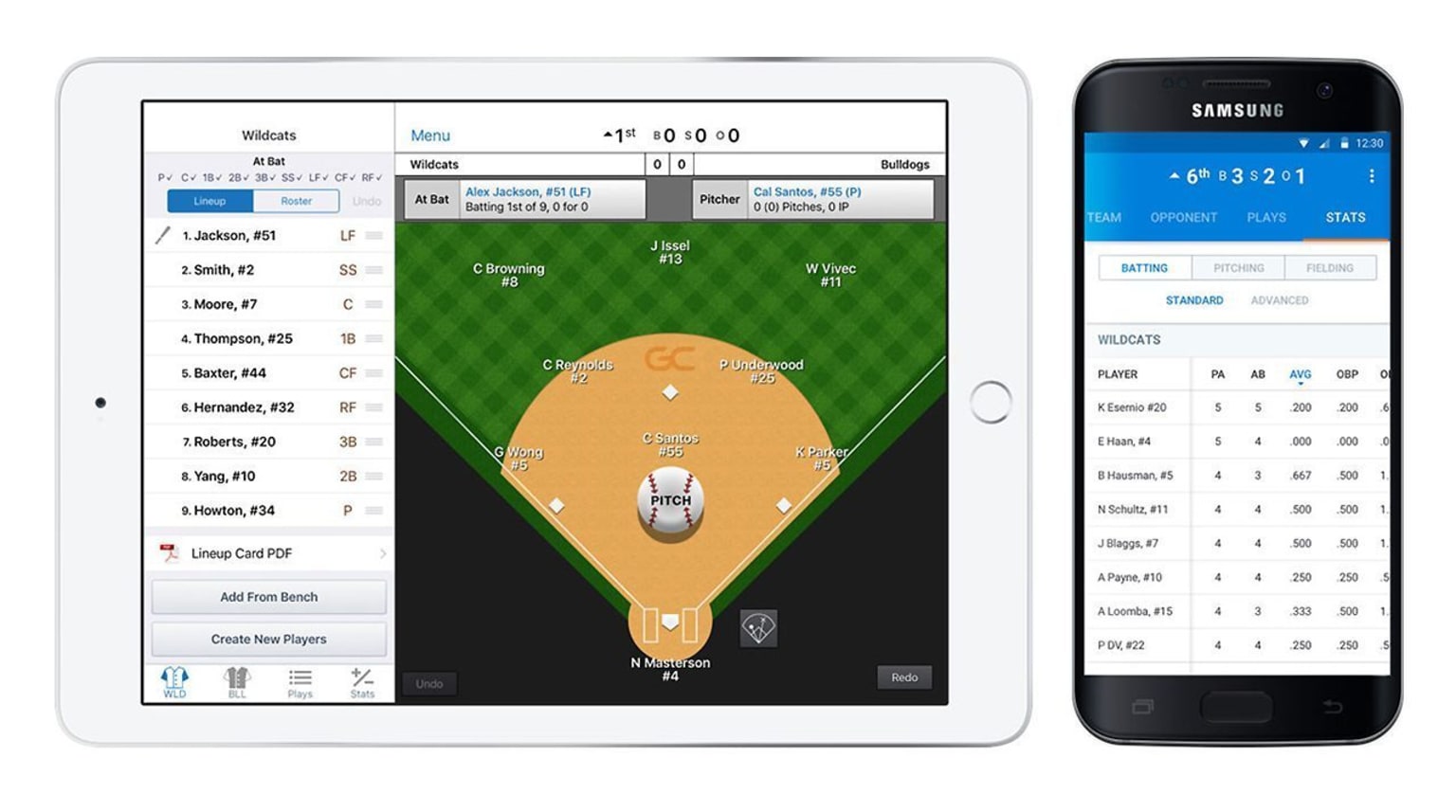Scorekeeping: Technology Helps Plan In-Game Adjustments

It was just one nugget of data in a stream of information, but Jeremiah Knackstedt knew immediately he could use it.
From his dugout seat, the coach saw that the next hitter had lined the ball to third three times that afternoon. Mr. Knackstedt promptly yelled to his third basemen and shortstop to move closer to the line. Minutes later, with runners on first and second and the score tied, his third-baseman nabbed a shot down the line, robbing the opponent of an extra-base hit and saving at least one run.
The GameChanger Electronic Scoring App, Knackstedt said, had lived up to its name.
Using an electronic scoring app in place of the conventional scorebook …
“You have to keep flipping back and forth between pages,” said the coach. “The pages start getting torn, they aren’t very clean, and you probably end up getting mixed up in the process.
“It puts all that information in front of you, in the middle of a game,” he said. “It reduces the chance of making a (judgment) error.”
Making smart in-game adjustments often is the difference in a game.
On the Mound
Letting a starting pitcher run up high pitch counts might cause fatigue or injury during the season, and can contribute to long-term injuries. At a time when pitch counts matter more than ever, GameChanger updates a pitcher’s total after each pitch.
“Before, you had to click the counter on every pitch,” said Mr. Knackstedt. “Because you do a lot of things at once, I know for a fact there were times when you forgot to click.”
The benefits hardly end there, said Mr. Knackstedt. Between innings, he uses hitting charts to evaluate and prepare for upcoming batters. In late innings, before inserting a new pitcher, he combs through data searching for weak spots in coming hitters.
“You get the information instantly,” he said.
At the Plate
Like most coaches, Mr. Knackstedt gathers all the information he can about the opposing pitcher and passes it on to his hitters throughout a game. Information like: What types of pitches does the pitcher throw? What pitches are throw on certain counts? What pitches are working? How does the pitcher perform in later innings? How does the pitcher perform after losing a lead?
Although traditional scorebooks might reveal the answers to these questions, Mr. Knackstedt would rather not plow through dog-eared pages mid-game.
“You have to keep flipping back and forth between pages,” said the coach. “The pages start getting torn, they aren’t very clean, and you probably end up getting mixed up in the process.”
Meanwhile, electronic scoring apps such as GameChanger, offers a wealth of information, including his hitters’ tendencies. Each hit is labeled with G, L, F, or B (grounder, line drive, fly ball, or bunt). A chart displays the percentage of each type of hit for each side for the field (left, center, and right). This makes it easier for Mr. Knackstadt to exploit defensive weaknesses.
In the Field
By reviewing spray sheets, Mr. Knackstedt is able to review opposing hitters’ tendencies and adjust his defense. For example, he might shift his players because the batter had pulled the ball 80 percent of the time. Or he might move the infielders in, because the hitter bunts with great frequency.
“It takes very little effort, and it’s very beneficial,” he said.